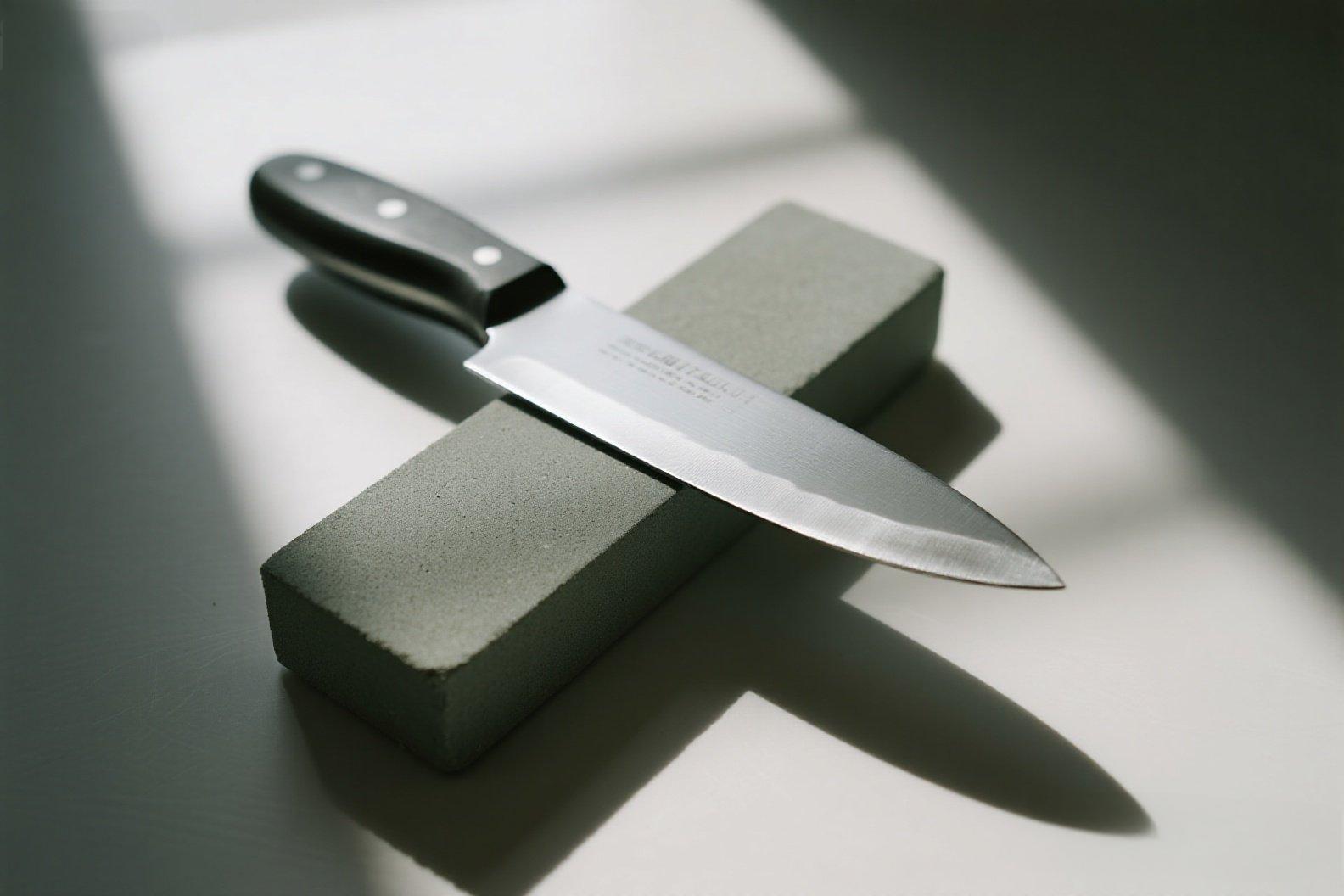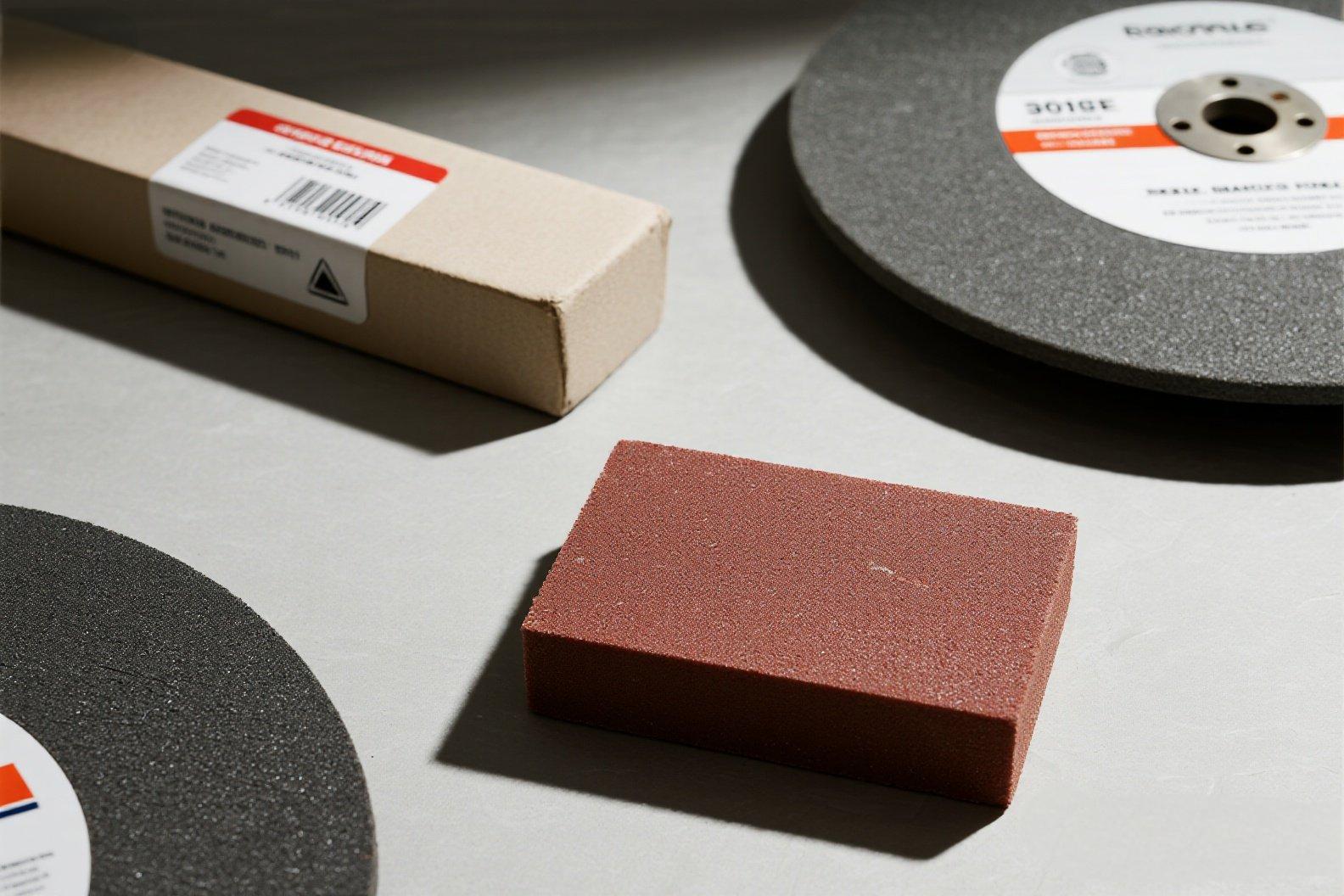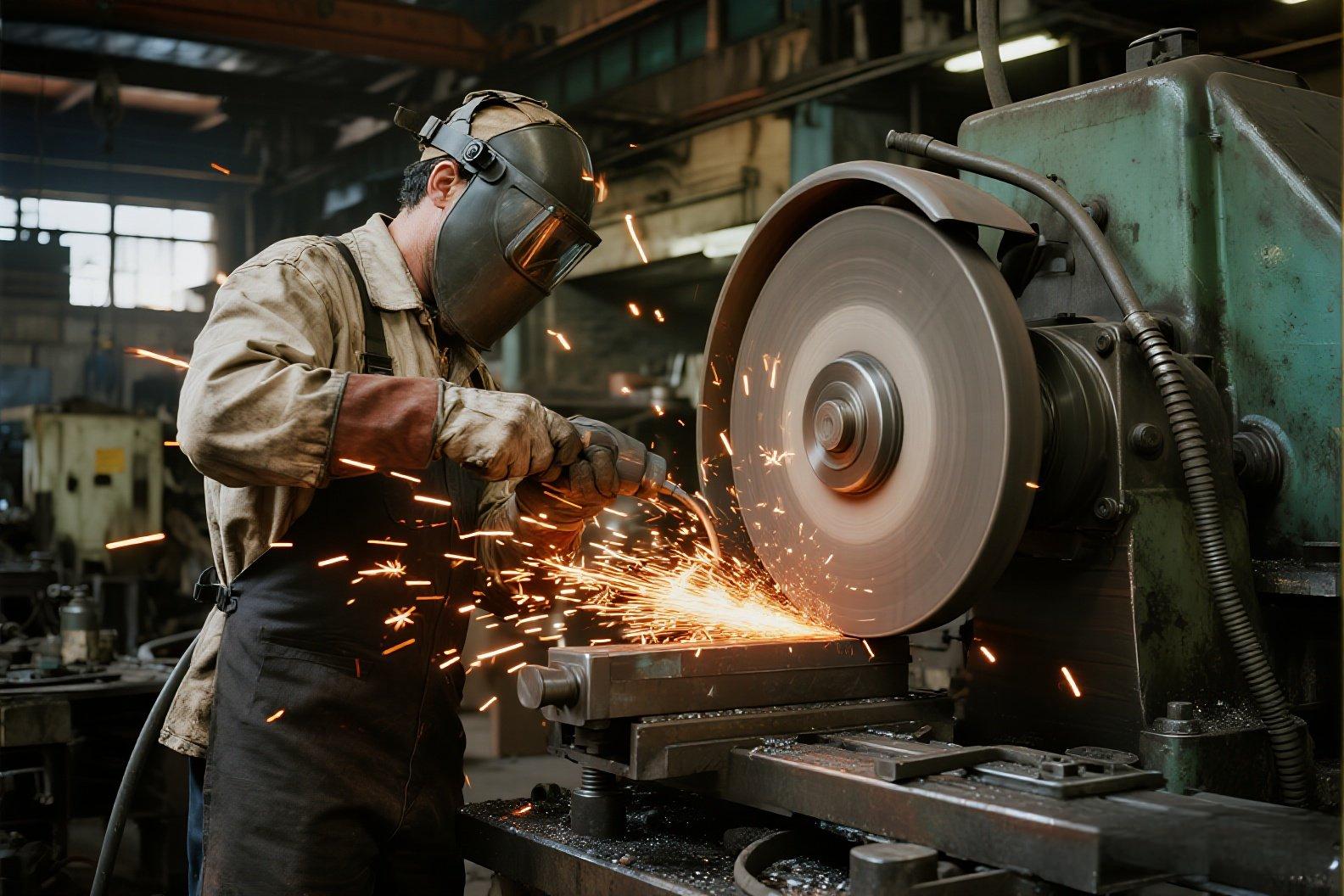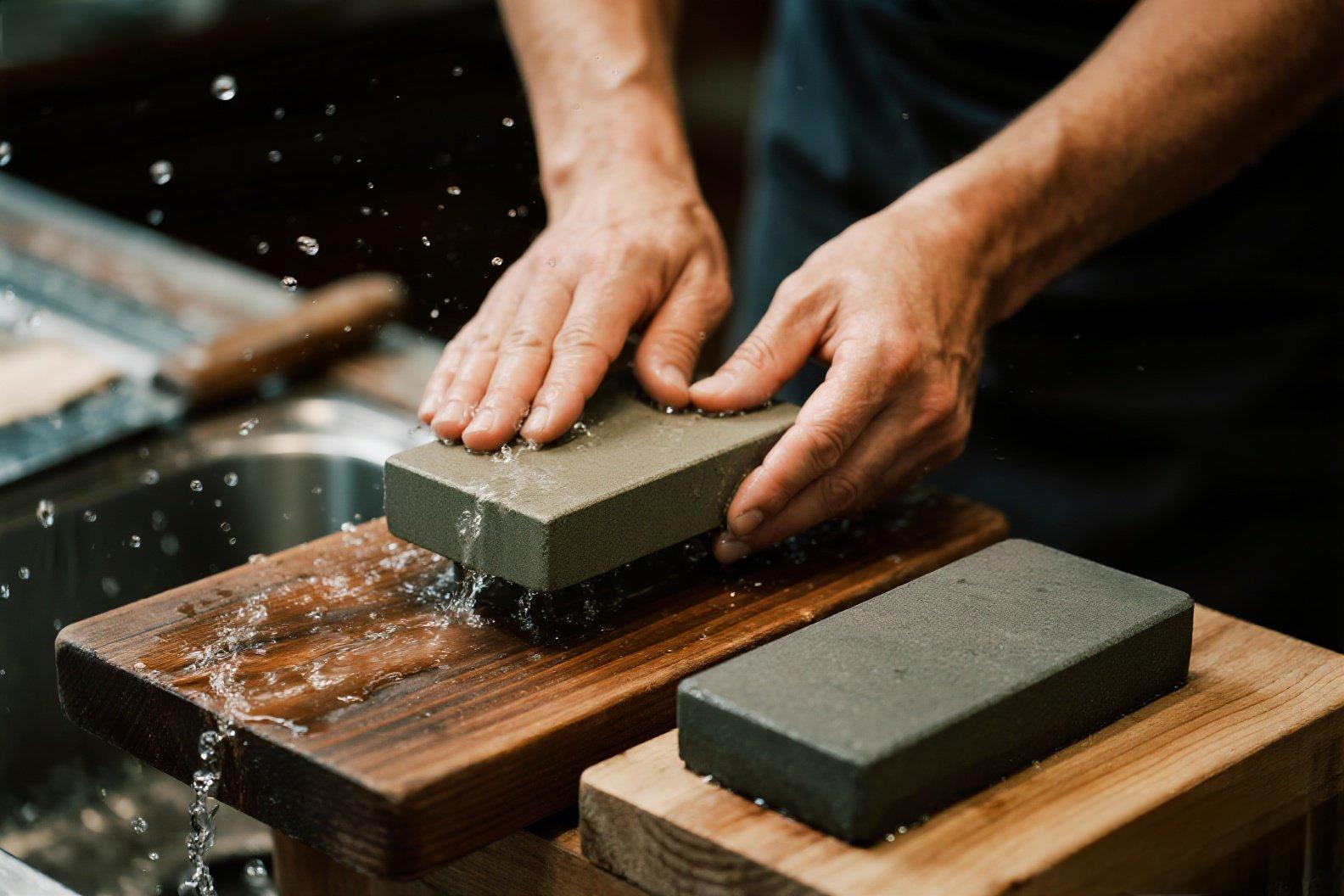Introduction to sharpening stones: basic concepts and industrial applications
What is a sharpening stone?
A sharpening stone is an essential tool in the abrasive industry, designed to grind, sharpen and polish materials such as metal, wood or stone. Also known as grinding stone in certain contexts, it acts as a robust version of the sandpaper, transforming disabled tools into precise instruments or smoothing surfaces until you get a fine finish. Its use dates back to thousands of years: archaeological evidence in Cuddie Springs, Australia, show their use more than 30,000 years ago to process seeds and tools (Australian Museum). Today, they are fundamental both in traditional crafts and in modern manufacturing.

Types of sharpening stones: composition and shapes
Composition of sharpening stones
Aphillary stones are manufactured with natural or synthetic materials. The natives, such as sandstone or novaculite (for example, Arkansas stone), are valued by their unique textures. Synthetic, made of abrasives such as aluminum oxide or silicon carbide, offer consistency and durability, ideal for industrial applications. Abrasive particles are kept together by binders that determine their resistance and performance:
Vitrified junction: made of clay or ceramics, is resistant to heat and lasting, suitable for heavy grinding.
Resin Union: flexible and impact resistant, ideal for high speed or precision tasks.
Metal union: used in superabrasive stones (such as diamond or CBN), designed to cut hard materials.
Forms of sharpening stones
The sharpening stones have various ways according to their purpose:
Wheels: Circular stones mounted on high speed grinding machines, common in factories.
Blocks: rectangular or planes, perfect for manual sharp, such as knife stones.
Discs: thin stones and flat for precision cuts or surface finishes.

APPLICATIONS OF AFILAR Piedras
How to use sharpening stones
Use depends on the shape and purpose of the stone:
Manual grinding: For block form, apply water or oil as a lubricant to reduce friction. Hold the tool at a constant angle (for example, 20 ° for knives) and slip with soft and controlled movements. According to Takahashi Kusu, the thick stones (<400 grains) are used to shape, while the fine ones (> 1000 grains) achieve polished edges (Takahashi Kusu).
Mechanical grinding: the wheels are mounted on machines that operate at high speeds. Operators must guarantee alignment and cooling to avoid overheating.
Applications by material
Natural stones: used in traditional trades, such as sharpening carpentry tools or grinding grains in old cultures.
Aluminum oxide stones: Common in metallurgy, such as disrupting automotive parts or aerospace component modeling.
Silicon carbide stones: Ideal for hard materials such as ceramics or glass, used in electronic manufacturing.

Maintenance and use tips
To maximize performance and useful life:
Cleaning: Rinse with water after using to remove waste. For oil stones, use a soft solvent.
Storage: Guard them in a dry and dusty place. Use protective cases for portable stones.
Use Tips: Maintain consistent pressure and angle to avoid unequal wear. For wheels, verify the balance to prevent vibrations.
Flattened: Stones can develop grooves over time. Use a flattened stone or abrasive plate to restore the surface.

Conclusion
The sharpening stones are fundamental for the precision and efficiency in the abrasive industry. From sharpening knives to end industrial components, they offer unmatched results. Contact us to discover our range of high quality fraying stones adapted to your needs!

 英语
英语 西班牙语
西班牙语 中文简体
中文简体
